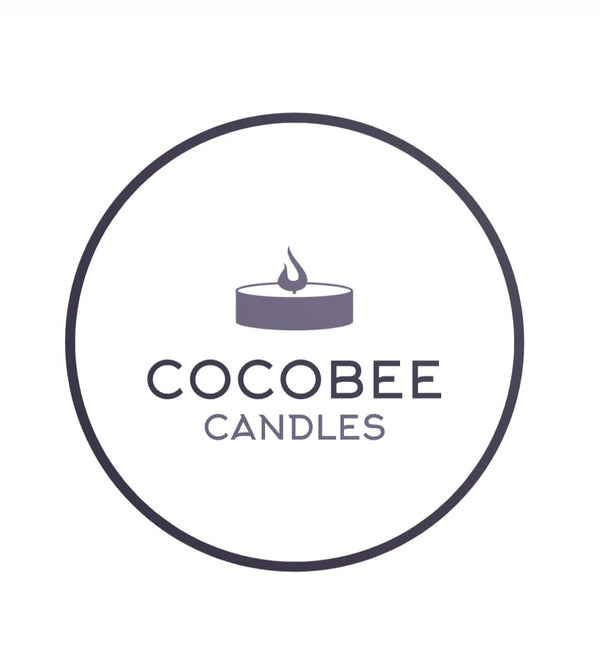Chuao: La tierra sagrada del cacao venezolano
Compartir

Durante los siglos XVII y XVIII, africanos esclavizados fueron traídos a la costa central de Venezuela para trabajar en las plantaciones de cacao propiedad de colonizadores españoles y órdenes religiosas. Muchos esclavos escaparon de plantaciones más accesibles, huyendo a lugares remotos como el Valle de Chuao, rodeado de montañas y conectado al mar solo por una pequeña playa.
Este aislamiento geográfico hizo de Chuao un refugio ideal, ya que a las fuerzas coloniales les resultaba difícil enviar expediciones de captura allí.
En esa época, Chuao ya contaba con pequeñas plantaciones de cacao criollo, atendidas en parte por indígenas que conocían bien la tierra. Los esclavos fugitivos y los residentes indígenas se mezclaron, formando una comunidad afroindígena única con su propia forma de vida.
Los habitantes del lugar gozaban de una considerable autonomía. Cultivaban el cacao, pagaban tributo en especie y conservaban sus costumbres.
La esclavitud en Venezuela se abolió oficialmente en 1854, pero para Chuao, la transición fue más fluida que en otras regiones. La comunidad ya estaba organizada y controlaba su producción de cacao de forma cooperativa.
Para ellos, el cacao no era solo un medio de supervivencia, sino la base de su libertad. Su valor les permitía intercambiar productos esenciales como sal, herramientas y ropa, sin caer en la esclavitud ni la servidumbre.
Hoy en día, el cacao sigue siendo el corazón de Chuao, un símbolo de resiliencia, identidad e independencia: un legado nacido de la lucha y nutrido por la tierra.
